Disclosure: This article contains affiliate links. We may earn a commission from purchases at no extra cost to you, which helps our travel content.
After decades of plotting shipping routes across California, I've developed quite the knack for navigating transportation systems worldwide. Last month, my wanderlust led me to Porto Alegre, the vibrant capital of Brazil's southernmost state, Rio Grande do Sul. What I discovered was a city where European influence meets Brazilian flair, all accessible through a surprisingly manageable public transport network. Whether you're a solo traveler watching your reais or simply prefer the authenticity of moving about like a local, this guide will help you navigate Porto Alegre's transport options without breaking the bank.
Understanding Porto Alegre's Transport System
Porto Alegre's public transportation isn't as intimidating as other Brazilian metropolises once you understand the basics. The city operates primarily on a bus network called EPTC (Empresa Pública de Transporte e Circulação), supplemented by the Trensurb train line running north to south.
The buses are color-coded based on their routes: yellow buses operate within neighborhoods, blue ones connect different zones, and orange ones run circular routes. It's a bit like how my Irish grandfather would explain Dublin's routes—straightforward once you know the pattern.
For my week-long stay, I purchased a Cartão TRI, the city's rechargeable transport card. While you can pay with cash on most buses, the card saves you about 10% per journey and eliminates fumbling with unfamiliar coins. You can get one at any TRI service center (look for the blue and white signs) with just your passport and about R$10 for the card itself.
A handy tool I found indispensable was the mobile hotspot I brought along. Having constant internet access meant I could use real-time bus tracking apps without destroying my international data plan.
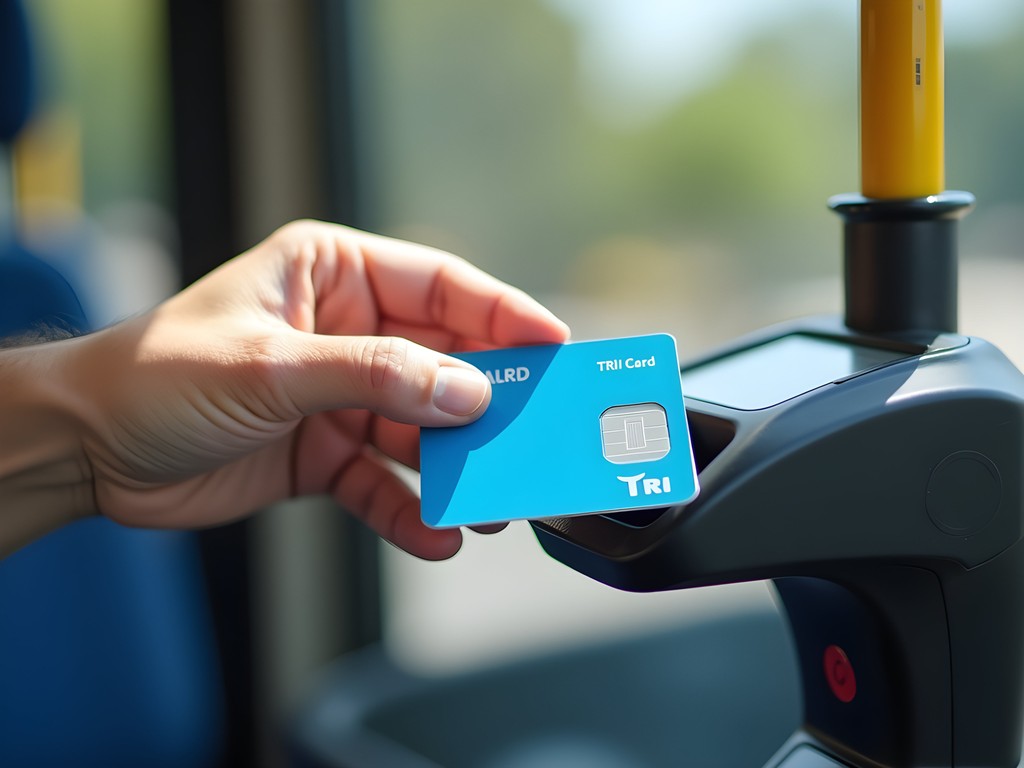
💡 Pro Tips
- Download the Cittamobi app for real-time bus tracking
- Buses typically run from 5:30 AM until midnight
- Keep your TRI card topped up as many drivers don't make change
Mastering the Bus System
The heart of Porto Alegre's transport network is undoubtedly its extensive bus system. With over 400 routes crisscrossing the city, it's your most versatile option for getting around.
During my stay, I noticed buses typically arrive every 15-30 minutes on weekdays, though weekend service can be less frequent. The busiest routes connecting major areas like Cidade Baixa, Moinhos de Vento, and the historic center run more frequently.
A peculiar charm of Porto Alegre's buses is the presence of cobradores—fare collectors who sit in little booths inside the bus. It's reminiscent of the old Dublin buses from my childhood, where human interaction was part of the journey. Simply tell them your destination, and they'll help ensure you're on the right route.
One morning, while heading to the Mercado Público, I found myself completely turned around after a sudden downpour. The cobrador not only explained where I should disembark but also lent me his pocket umbrella until the rain subsided. That small kindness exemplifies the warm spirit I encountered throughout the city.
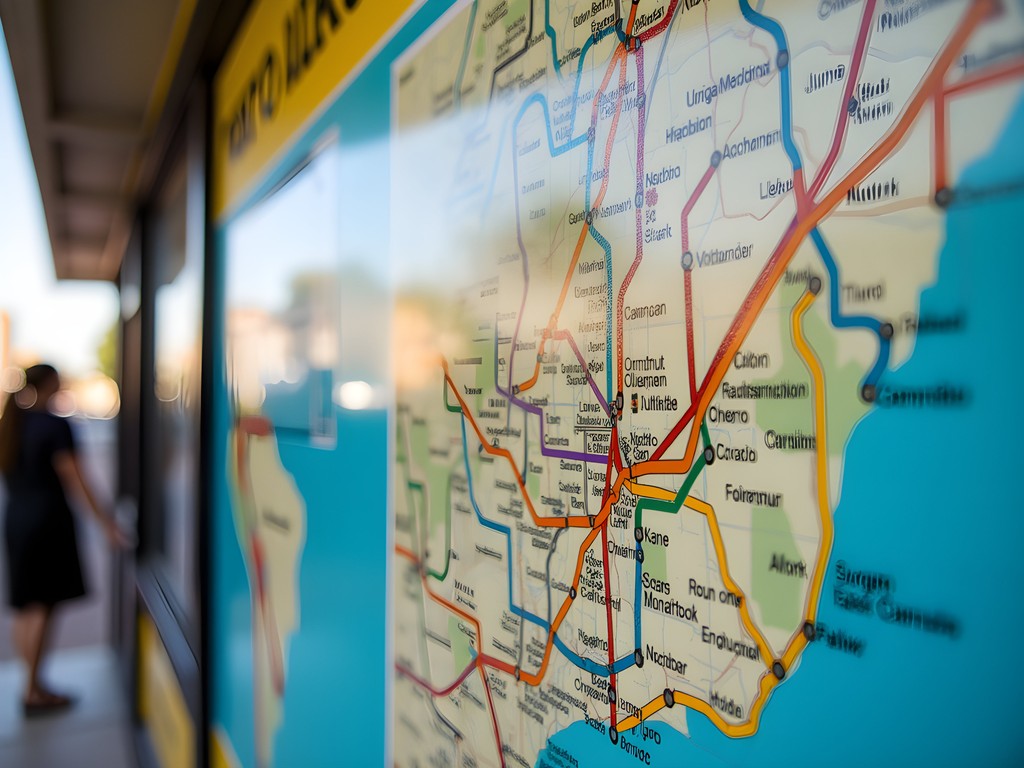
💡 Pro Tips
- Board at the front, exit from the rear doors
- Signal your stop by pressing the red buttons on handrails
- Keep small bills handy if not using a TRI card
The Trensurb Train Line
While buses dominate Porto Alegre's transport landscape, the city's single train line—Trensurb—shouldn't be overlooked. Running 43km from Mercado (downtown) northward to Novo Hamburger, it's an efficient option if your destinations align with its route.
The trains are clean, air-conditioned, and significantly faster than buses when traveling longer distances. During rush hours (7-9 AM and 5-7 PM), trains arrive every 7-8 minutes, making them remarkably reliable compared to road transport that gets caught in Porto Alegre's notorious traffic.
I used the Trensurb to visit the Museu de Ciências e Tecnologia da PUCRS, which sits near the Aeroporto station. The journey from downtown took just 15 minutes, compared to nearly an hour by bus during peak times. At roughly R$4.50 per journey, it's also excellent value.
One afternoon, while waiting for the train, I struck up a conversation with a local university student who recommended I invest in a RFID blocking wallet. While Porto Alegre isn't particularly dangerous, electronic pickpocketing can happen in crowded trains. I was grateful for the tip as I carried my TRI card and credit cards together.
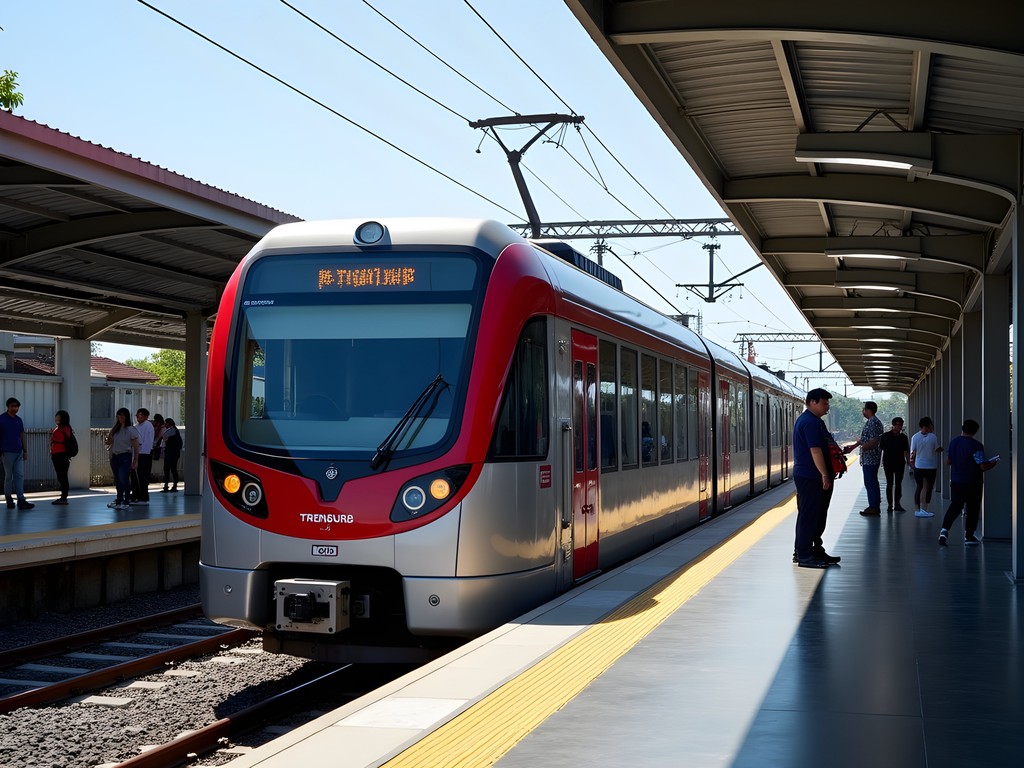
💡 Pro Tips
- Trains run from 5 AM to 11:30 PM daily
- Your TRI card works on both buses and trains
- Keep valuables secure during rush hour when trains get crowded
Rideshare and Taxi Options
While public transport in Porto Alegre is comprehensive, there are times when the convenience of a direct ride justifies the extra expense. Uber operates extensively throughout the city and offers significantly lower rates than you'd find in North America or Europe. A 15-minute ride across central neighborhoods typically costs between R$10-20 (roughly $2-4 USD).
Local alternatives like 99 and InDriver sometimes offer even better rates, though the interfaces may not automatically translate to English. I found having Google Translate ready on my phone invaluable for these situations.
Traditional taxis remain plentiful and are distinguished by their red or red-and-white paint schemes. While slightly more expensive than rideshares, they're still affordable by international standards. Many taxi drivers I encountered were fountains of local knowledge—one gentleman named Eduardo gave me a virtual botanical tour of the city as we drove, pointing out species that reminded me of my garden back home where Irish shamrocks grow alongside Mexican marigolds.
For late nights or when carrying luggage, I relied on my personal safety alarm. Though Porto Alegre felt quite safe during my visit, this simple precaution provided peace of mind when returning to my accommodation after dark.

💡 Pro Tips
- Save your accommodation address in Portuguese to show drivers
- Confirm your driver's identity before entering rideshare vehicles
- Ask taxi drivers for recommendations—they often know hidden gems
Getting To and From the Airport
Salgado Filho International Airport sits conveniently close to central Porto Alegre—just 10km from downtown. This proximity gives travelers multiple affordable options for airport transfers.
The most economical choice is the Trensurb train, which has a station directly connected to the airport terminal via an enclosed walkway. For just R$4.50, you can reach downtown in about 20 minutes, avoiding road traffic entirely. I found this particularly valuable when departing, as Porto Alegre's rush hour can be unpredictable.
For those with luggage or arriving late at night when the train isn't running, Line 803 (Airport-Downtown) operates 24 hours. The journey takes 30-40 minutes depending on traffic and costs around R$5.
Rideshares provide door-to-door convenience for approximately R$25-35 from the airport to central neighborhoods. After a long flight from California with a connection in São Paulo, I treated myself to this option. The luggage scale I packed proved invaluable before my return flight—Brazilian domestic flights often have stricter weight limits than what we're accustomed to in the States.

💡 Pro Tips
- Allow extra time during morning rush hour if taking road transport to the airport
- The airport has free WiFi if you need to call a rideshare upon arrival
- Currency exchange rates at the airport are poor—use ATMs instead
Final Thoughts
As I boarded my departure flight from Porto Alegre, I found myself reflecting on how the city's transport network had become a character in my week-long Brazilian adventure. From the chatty bus cobradores who reminded me of Dublin's old conductors to the efficiency of the Trensurb cutting through rush hour traffic, getting around became part of the experience rather than merely a means to an end.
For solo travelers on a budget, Porto Alegre offers that rare combination of affordability, safety, and comprehensive coverage that makes exploring without a car not just possible but preferable. The money saved on transportation can instead be invested in sampling churrasco at a traditional gaucho steakhouse or picking up handcrafted souvenirs at the Brique da Redenção Sunday market.
Whether you're planning a dedicated visit to this southern Brazilian gem or including it as part of a broader South American journey, rest assured that with a TRI card in hand and this guide in your pocket, you'll navigate Porto Alegre like a seasoned gaúcho. As they say in the south of Brazil, 'Bah tchê!'—an expression of surprise and delight that you'll likely find yourself uttering as you discover this underrated city's many charms.
✨ Key Takeaways
- The TRI card is your best friend for affordable and convenient travel around Porto Alegre
- Buses are comprehensive but the Trensurb train is faster for north-south journeys
- Rideshares offer excellent value compared to North American and European prices
- Airport connections are straightforward with multiple budget-friendly options
📋 Practical Information
Best Time to Visit
year-round, with October-March offering warmer temperatures
Budget Estimate
$30-50 USD per day including accommodation and transport
Recommended Duration
3-5 days
Difficulty Level
Easy

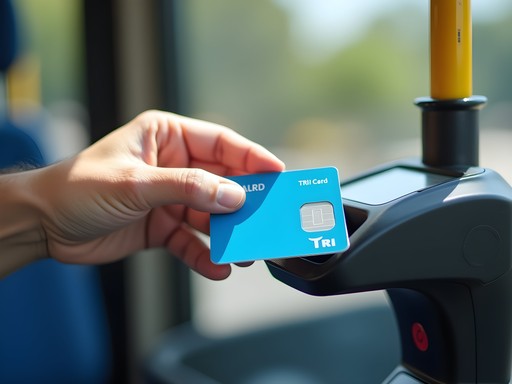






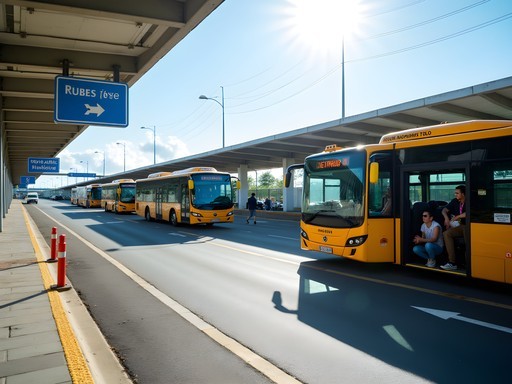






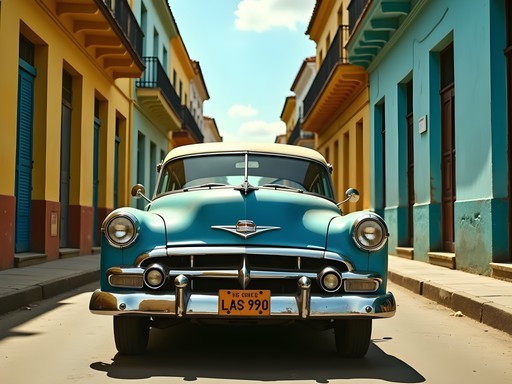
Comments
nomadperson
How safe is the public transport at night? Planning a trip in January and wondering if I should budget more for rideshares after dark.
Alexander Jackson
Good question! I found buses safe until about 9pm on main routes. After that, I'd recommend Uber or 99 (local rideshare app). They're quite affordable compared to North American prices.
Fatima Sims
I second what Alexander said. Also, if you're staying near tourist areas, many hotels can call trusted taxi services. I used personal alarm when traveling solo at night which gave me peace of mind, but never actually needed to use it.
Frank Garcia
Just finished a month-long backpacking trip through southern Brazil and can confirm this guide is incredibly accurate. One thing I'd emphasize is how much the Cartão TRI simplifies everything - absolutely worth getting even for a short stay. The reload stations can be finicky though, so I started reloading mine at the newspaper kiosks instead (they're everywhere and much quicker). Also, for anyone planning a trip, the bus routes that run along Av. Ipiranga are your best friends - they connect to practically everywhere and run more frequently than others. The T1 line specifically saved me countless times when exploring the university area and Bom Fim neighborhood.
Douglas Bradley
Alexander, excellent breakdown of Porto Alegre's transport network. I spent three weeks there researching for my South Brazil cultural guide, and your observations align perfectly with my experience. One additional note that might help readers: the city has implemented a color-coded system for their main bus corridors that isn't always clear to visitors. Blue lines run north-south, red lines run east-west, and yellow lines connect neighborhoods to downtown. This system helped me understand the network much faster. The integration between the Trensurb and bus system deserves more attention - it's remarkably efficient compared to other Brazilian cities. For anyone staying longer term, I'd recommend the Cittamobi app over Google Maps, as it provides more accurate real-time data, especially during rush hours or rainy days when schedules tend to slip. Did you explore any of the surrounding municipalities using the metropolitan lines? The contrast between Porto Alegre proper and places like Canoas or Novo Hamburgo offers fascinating insights into the region's development.
Alexander Jackson
Douglas, thanks for adding those insights! The color-coding system is definitely worth noting - I should have emphasized that more. I did venture to Canoas briefly but didn't make it to Novo Hamburgo. The Cittamobi app recommendation is spot-on; it saved me several times when there were unexpected delays.
citywanderer
Alexander, your section on the Trensurb was spot on! I spent two weeks in Porto Alegre last year and relied heavily on it to get around. One tip I'd add for readers - if you're staying near Mercado station, there's an amazing little café just outside the western exit that makes the perfect pit stop before a day of exploring. Also found that Google Maps was surprisingly accurate with the bus schedules, which wasn't the case in some other Brazilian cities I visited. Did anyone else try the water taxis? They weren't mentioned in the article but were a fun alternative for crossing to the south side!
tripace
Water taxis?? I had no idea those existed there! Adding that to my list for next month's trip!
journeyseeker4365
I'm currently in Porto Alegre and your guide has been super helpful! One thing to add - if anyone's staying for more than a few days, the TRI card is definitely worth it. You can load it up at most stations and even some pharmacies. Also found that Google Maps is pretty accurate with the bus routes here, unlike some other cities I've visited. The T1 line that goes along Av. Farrapos saved me so many times! Has anyone else noticed how friendly the bus drivers are here compared to Rio?
wintermood
So true about the drivers! One actually waited for me when he saw me running for the bus last week. Would never happen in Rio!
hikingnomad
Great guide! The Trensurb map saved me so much time.
Sophia Gomez
Alexander, your transportation guides never disappoint! I was in Porto Alegre last year for a business conference and navigating the city was initially daunting. My hotel was near Moinhos de Vento, and I had meetings scattered across downtown. The first morning, I stood puzzled at a bus stop until a kind elderly woman helped me download the POA Transport app - absolute lifesaver! It showed real-time bus arrivals and even had an English option. I found carrying my travel translator essential for those moments when my Portuguese failed me (which was often). The Trensurb was impressively clean compared to many systems I've used worldwide. Did you notice how punctual everything was? Such a refreshing change from my experiences in other South American cities!
Fatima Sims
I was in Porto Alegre last summer and the Trensurb train was my absolute lifesaver! I stayed near Canoas and commuted into the city center daily. One tip I'd add - download the CittaMobi app. It gives real-time bus tracking which saved me from waiting at stops forever during those afternoon thunderstorms. Also found the Mercado Público station to be a perfect starting point for food adventures. The bus drivers were so patient with my terrible Portuguese attempts! Did you try the boats to Guaíba? That was unexpectedly one of my favorite experiences.
Alexander Jackson
The CittaMobi app is a great suggestion! I should have mentioned that. And yes, I did take the boat to Guaíba - absolutely magical sunset views!
backpackbuddy463
Just downloaded CittaMobi for my trip next month, thanks for the tip!
tripace
Going to Porto Alegre next month! How safe did you find the public transport, especially at night? The blog mentions the rideshare options but I'm wondering if buses are OK after dark?
hikingnomad
Stick to Uber after 9pm. More expensive but worth it.
Frank Garcia
I'd second that. The buses run late but I found rideshare to be the better option after dark. Keep your portable charger handy though - my phone always seemed to die right when I needed to call a ride!
freemaster
Just got back from Porto Alegre last week and wish I'd had this guide before going! The bus system was definitely confusing at first - took me a whole day to figure out the different colored lines. That tip about the Cartão TRI being available at Mercado Público saved me when my first card stopped working. Did anyone else notice how crowded the Trensurb gets during rush hour? I started planning my trips for mid-morning after the first day.
citywanderer
Oh yeah, the rush hour crush is real! I started timing my trips between 10-11am and after 2pm. Made a huge difference.
freemaster
Smart move! Wish I'd figured that out sooner.
Venture X
Premium card with 2X miles, $300 travel credit, Priority Pass